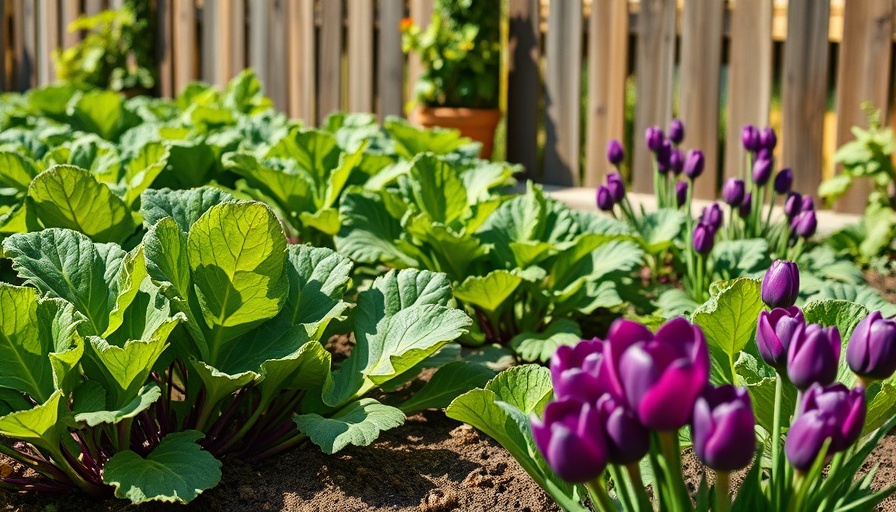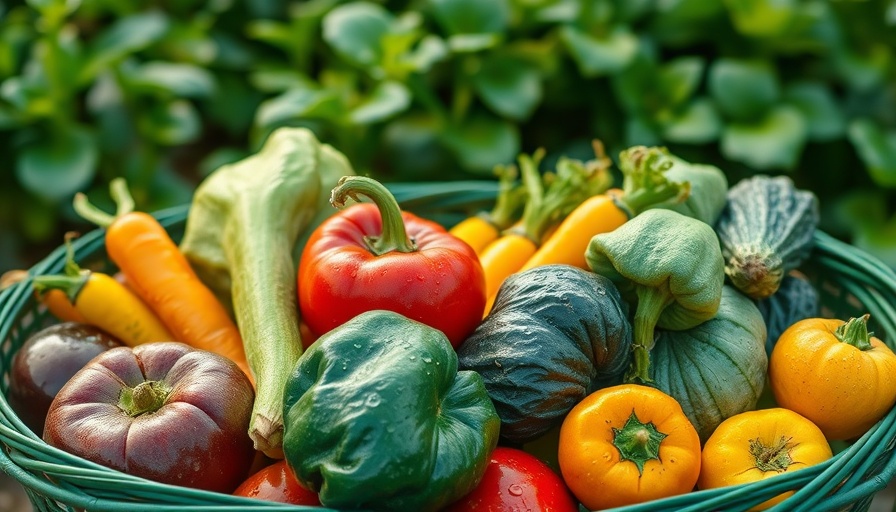
Unlocking the Secrets to Perfectly Grown Beets
Beets are not just delicious, they’re also packed with nutrients that contribute to a healthy diet. For many home gardeners, the quest for the perfect beet can feel overwhelming. However, with the right techniques and understanding, you can cultivate beets that are both flavorful and nutritious. This guide combines the key insights into growing beets successfully, offering tips that range from planting methods to harvesting and storage.
Your Best Bet: Selecting the Right Beet Variety
When it comes to growing the best beets, choosing the right variety is crucial. Beet varieties such as Detroit Dark Red, Chioggia, and Golden Beet each offer unique flavors and characteristics. Detroit Dark Red is favored for its deep color and sweet taste, while Chioggia is known for its stunning concentric rings and rich sweetness. Golden beets lend a milder flavor and vibrant color, perfect for those looking to mix up their dishes. Understanding the specific traits of each variety can help you select the best fit for your garden and palate.
Soil Prep: Laying the Groundwork
Healthy beets start with the right soil. Beets thrive in loose, well-drained, nutrient-rich soil, ideally with a pH of 6.0 to 7.0. Before planting, amend the soil with organic matter such as compost to improve its structure and nutrient content. Testing your soil for nutrient levels can help tailor your amendments for optimal growth. Ensuring proper spacing when planting will reduce competition among beets, leading to healthier plants.
Planting Procedures for Maximum Yield
Timing is critical when sowing beet seeds; planting too early can lead to poor germination. It's best to plant beets in the spring once the soil has warmed and can also be sown in late summer for a fall harvest. Follow the specific depth recommendations based on your beet variety, and be sure to keep the seeds moist until germination occurs. Thin seedlings carefully to allow ample space for growth, as crowded plants can lead to stunted roots.
Watering Wisely: Keeping Your Beets Hydrated
Water management is essential for successful beet growth. Beets require consistent moisture, especially during the dry spell of summer. Implementing a drip irrigation system can be highly effective, allowing water to penetrate deeply and avoid leaf wetness, which can lead to fungal diseases. It’s important not to overwater, as soggy soil can cause beets to rot underground.
Caring for Your Crop: Pests and Weeds Management
Beet pests like aphids and leaf miners can wreak havoc in your garden. Natural pest control methods such as introducing beneficial insects like ladybugs can significantly reduce pest populations. Regularly monitoring and promptly addressing any weed growth is essential; weeds compete with beets for nutrients and water, ultimately affecting your yield. Hand-pulling weeds around the beet plants or utilizing mulch can help maintain a weed-free garden bed.
Harvesting and Storing: Enjoying Your Bounty
Harvesting beets at the right time is key to enjoying their full flavor. Generally, beets are ready to be pulled when they reach a diameter of about 1.5 to 2 inches. The best time for harvesting is in cooler weather during late summer and fall. Once harvested, beets can be stored in a cool, dark place for several months. Be sure not to wash them until you're ready to use them—this helps maintain their freshness.
Diverse Culinary Uses: From Borscht to Salads
Not only are beets a nutritious addition to your meals, but they’re also incredibly versatile. They can be roasted, boiled, or pickled, adding vibrant color and flavor to any dish. Incorporate them into salads, soups, or as a natural dye for rice or pasta. The possibilities are endless, allowing you to explore new cuisines and cooking styles.
Growing the best beets is not only about following rules; it’s about experimenting and finding what works for your unique gardening conditions. With patience and care, you can enjoy the satisfaction of nurturing healthy beets up to the dinner plate.
 Add Row
Add Row  Add
Add 




Write A Comment